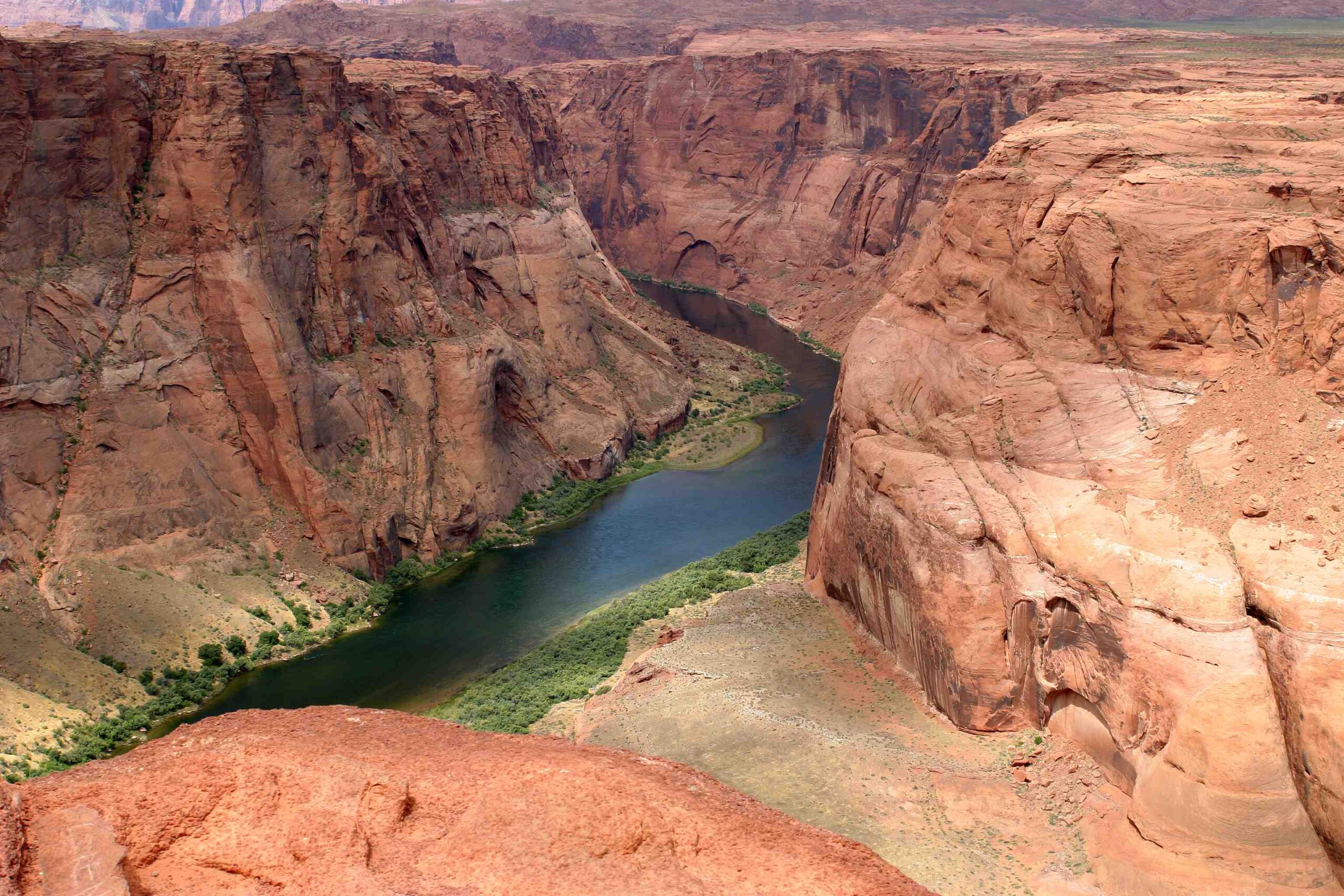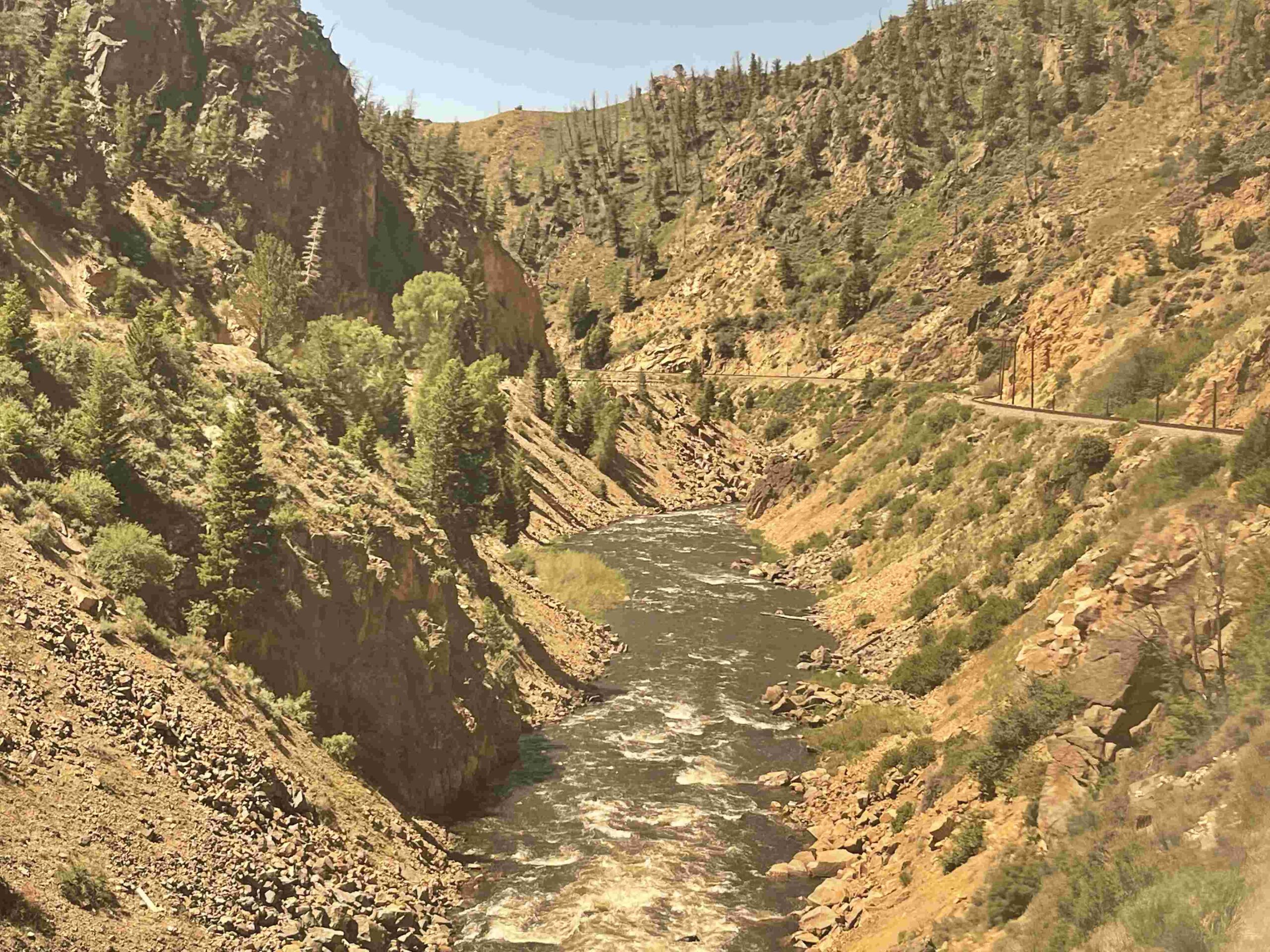The Colorado River’s tributaries in the Grand Canyon are vital waterways that shape the landscape and ecosystem of this natural wonder. These tributaries, including the Little Colorado River, Havasu Creek, Bright Angel Creek, and Roaring Springs, offer unique geological features, recreational opportunities, and challenges for visitors. Each tributary contributes to the Grand Canyon’s diverse environment and plays a crucial role in the region’s hydrology and ecology.
What Are the Major Tributaries of the Colorado River in the Grand Canyon?

The major tributaries of the Colorado River in the Grand Canyon include:
- Little Colorado River
- Havasu Creek
- Bright Angel Creek
- Roaring Springs
Each of these tributaries has its own distinct characteristics and offers unique experiences for visitors to the Grand Canyon.
How Can Visitors Access the Little Colorado River?

The Little Colorado River, one of the most significant tributaries of the Colorado River in the Grand Canyon, can be accessed through two main points:
- Little Colorado River Gorge Overlook: This viewpoint is easily accessible via a short walk from Desert View Drive.
- Confluence with the Colorado River: Typically reached by raft or kayak, this point offers a unique perspective of the merging waters.
For hikers looking to reach the confluence, the following trails can be used:
- Tanner Trail: Approximately 9 miles one way
- Beamer Trail: Connects to the Tanner Trail
Key Information:
– Elevation change: About 4,500 feet
– Parking: Available at the Little Colorado River Gorge Overlook
– Amenities: Restrooms at the overlook
– Seasonal conditions: Year-round access, but winter can be challenging
– Entry fee: $35 per vehicle for a 7-day pass to Grand Canyon National Park
What Activities Are Available at Havasu Creek?
Havasu Creek, known for its stunning blue-green waters, offers a range of activities for visitors:
- Hiking: The Havasu Canyon Trail (8 miles one way) leads to Supai Village and the famous waterfalls.
- Photography: Capture the scenic beauty of the creek and its waterfalls.
- Swimming: Enjoy the natural pools formed by the creek.
Access and Amenities:
– Starting point: Hualapai Hilltop
– Elevation change: Approximately 2,000 feet
– Parking: Available at Hualapai Hilltop
– Amenities: Restrooms, campsites, and basic facilities in Supai Village
– Costs: $50 per person for a day hike, plus additional fees for camping and lodging
What Challenges Might Visitors Face at Bright Angel Creek?
Bright Angel Creek, accessible via the popular Bright Angel Trail, presents several challenges for visitors:
- Terrain difficulty: The trail is steep and challenging, with an elevation change of about 4,400 feet.
- Water conditions: Creek levels can rise rapidly after rains, posing potential hazards.
- Extreme temperatures: Summer heat can be intense, making hiking dangerous during midday hours.
Trail Details:
– Length: 9.5 miles one way from South Rim to Phantom Ranch
– Access points: Bright Angel Trailhead (South Rim) and Phantom Ranch
– Amenities: Restrooms and water available at multiple points along the trail and at Phantom Ranch
How Does Roaring Springs Contribute to the Grand Canyon Ecosystem?
Roaring Springs, a tributary of Bright Angel Creek, plays a crucial role in the Grand Canyon ecosystem:
- Water source: Provides water for the North Rim and Phantom Ranch facilities
- Habitat: Supports unique plant and animal species adapted to the spring environment
- Geological interest: Demonstrates the complex hydrology of the Grand Canyon
Visitor Information:
– Access: Via North Kaibab Trail (4.7 miles one way)
– Elevation change: About 3,000 feet
– Seasonal access: Limited to non-winter months due to snow and trail closures
– Activities: Hiking, photography, and nearby backcountry camping (with permit)
What Regulations Should Visitors Be Aware of When Exploring These Tributaries?
When visiting the tributaries of the Colorado River in the Grand Canyon, be aware of these important regulations:
- Permits: Backcountry permits are required for overnight stays in most areas.
- Group size limits: Restrictions apply for backcountry camping and some day hikes.
- Leave No Trace: Practice responsible tourism to protect the fragile ecosystem.
- Water use: Follow guidelines for water collection and disposal to maintain water quality.
- Wildlife interaction: Observe wildlife from a distance and do not feed animals.
| Tributary | Permit Required | Group Size Limit | Camping Allowed |
|---|---|---|---|
| Little Colorado River | Yes (for overnight) | Yes | Limited areas |
| Havasu Creek | Yes (all visitors) | Yes | Designated areas |
| Bright Angel Creek | Yes (for overnight) | Yes | Designated areas |
| Roaring Springs | Yes (for overnight) | Yes | Nearby areas only |
By following these regulations, visitors can help preserve the natural beauty and ecological integrity of these important tributaries.

